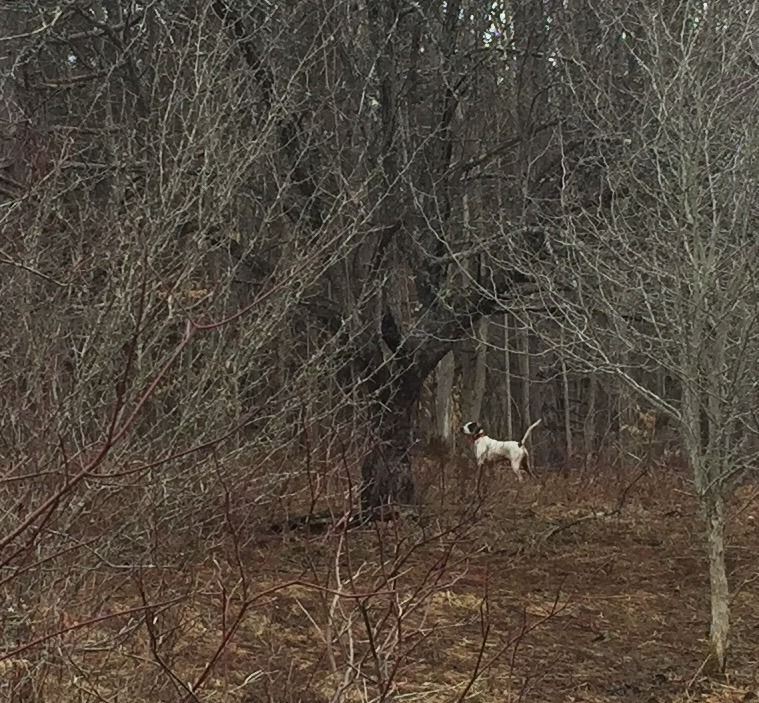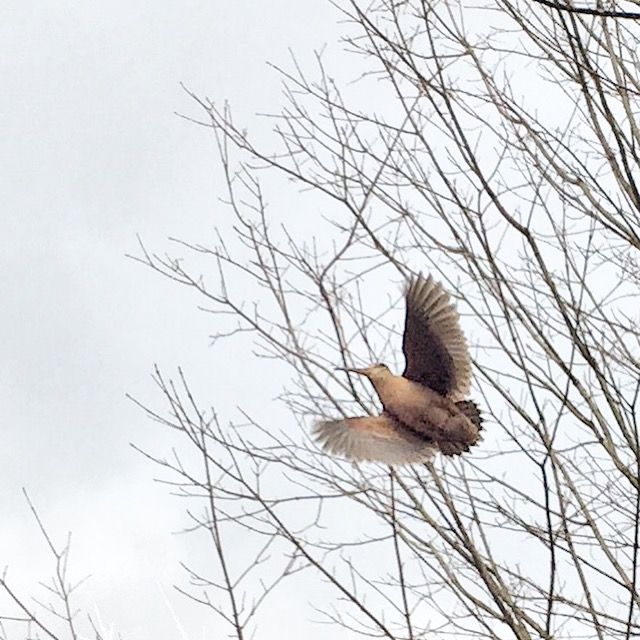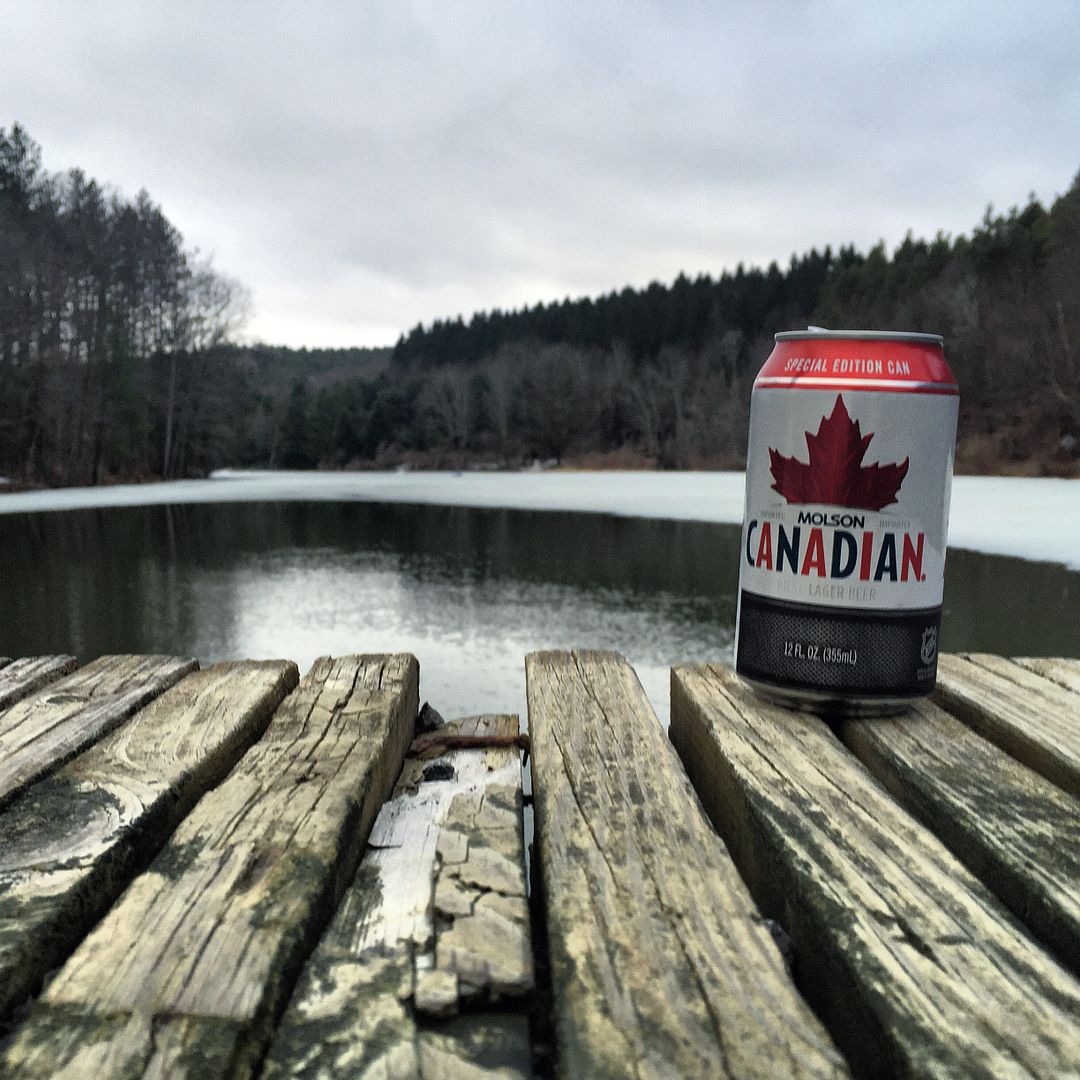Birds of prey time their broods to arrive before ground cover and leaves grow in spring to maximize hunting effectiveness in the early stages of the nestlings lives when they are most vulnerable. Nowhere for the bunnies to hide. Barn owls are largely nocturnal, hunt things like rats, live in old buildings (thus the name) and look very floppy and loose "limbed" in flight with long legs and nearly white appearance. Barred owls are brown, again usually completely nocturnal hunters, short legged, brown, wooded areas, often river bottom land or around water, prey usually rats, squirrels, mice, etc. Great Horned Owls are big and almost hawk-like when they fly, open land, farms, woods, like to nest in pines, dark colored, eat absolutely anything including skunks, snakes, or even house cats, hunt day and night, unafraid of crows, etc. You can see any of the three at dusk. I.D. depends on local habitat, flying characteristics, and if you can see it, color and perhaps what they have caught.
The birds you saw in the grass, if they were starling sized, might actually be starlings. The difference in plumage between spring and every other days is amazing with starlings. Their feathers are prismatic, so in the right light they can flash from green to blue to violet. Their bill goes bright yellow and really sets off all the other colors. For a ubiquitous and often nuisance bird, they can be stunning. It makes sense though if you look at all the species in the starling family which includes mynahs and some of the amazing starlings in Asia and Africa which are mind-bendingly gloriously colored.


 Likes:
Likes: 


 Reply With Quote
Reply With Quote









Bookmarks